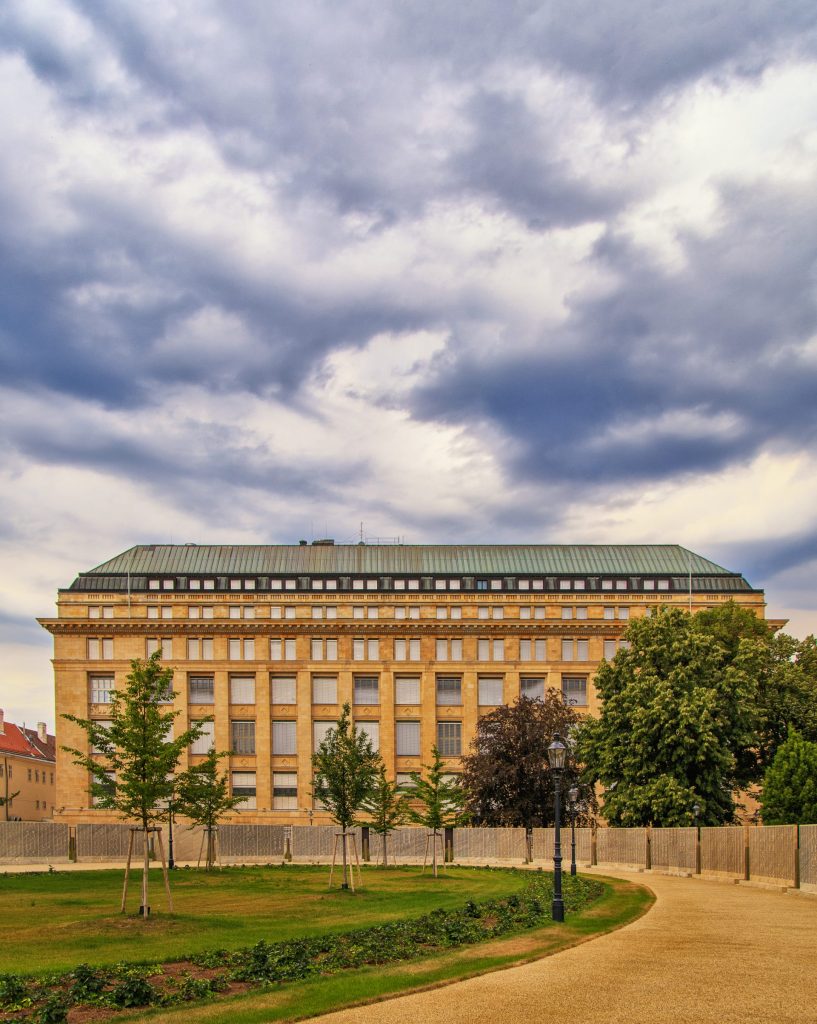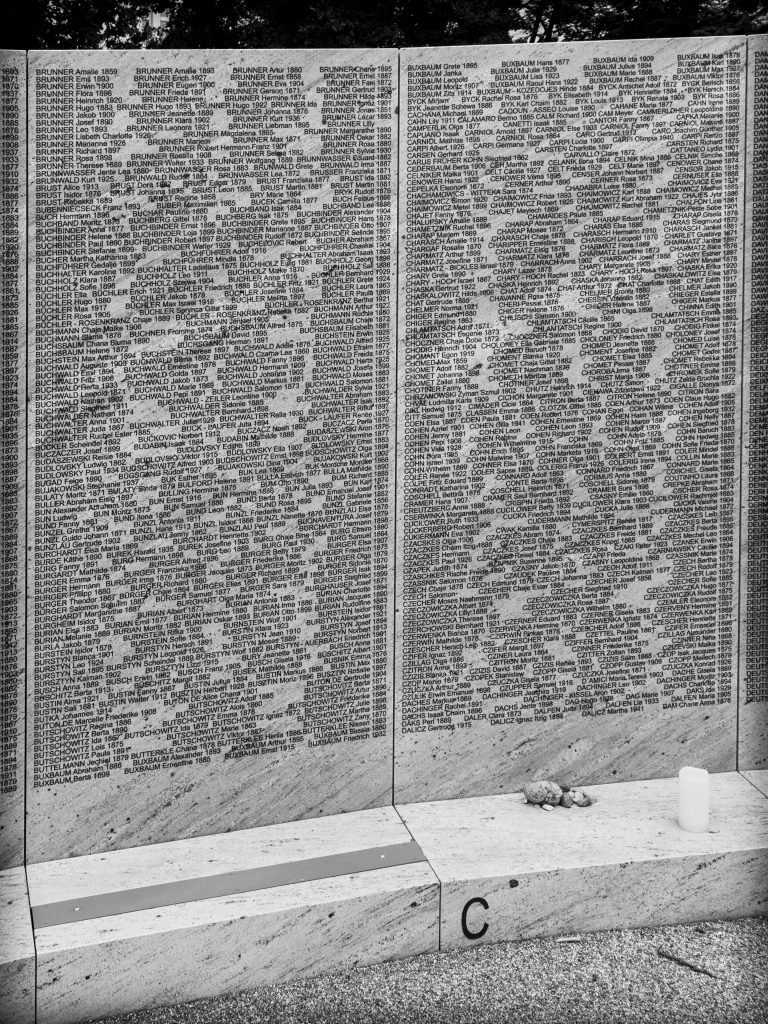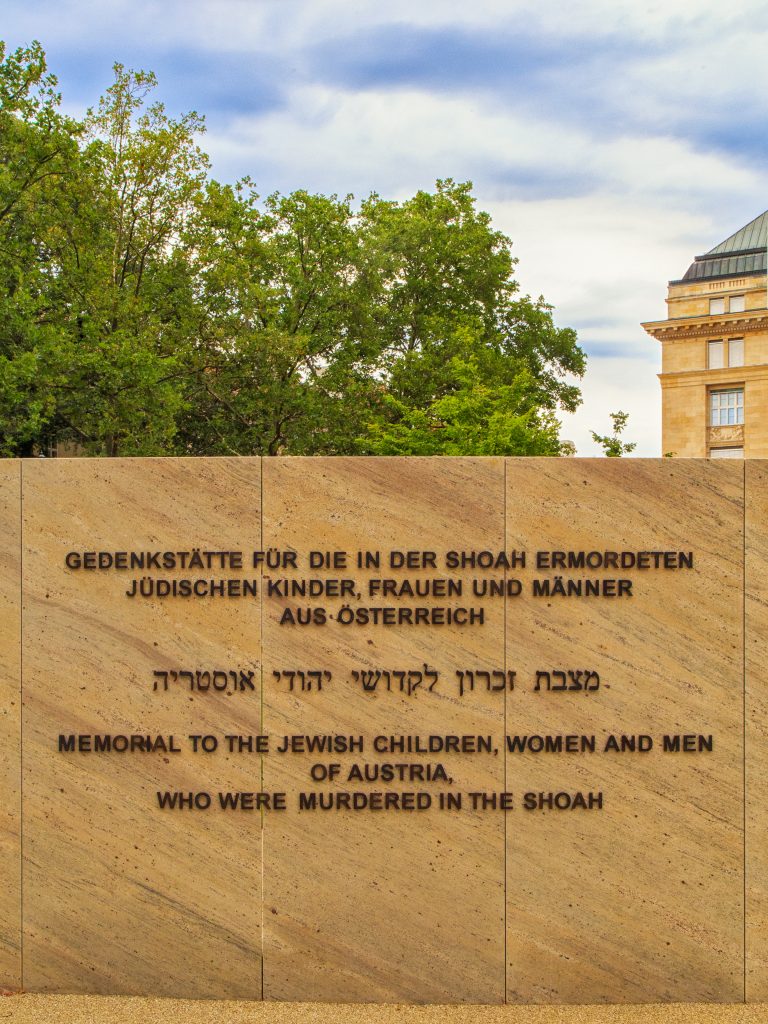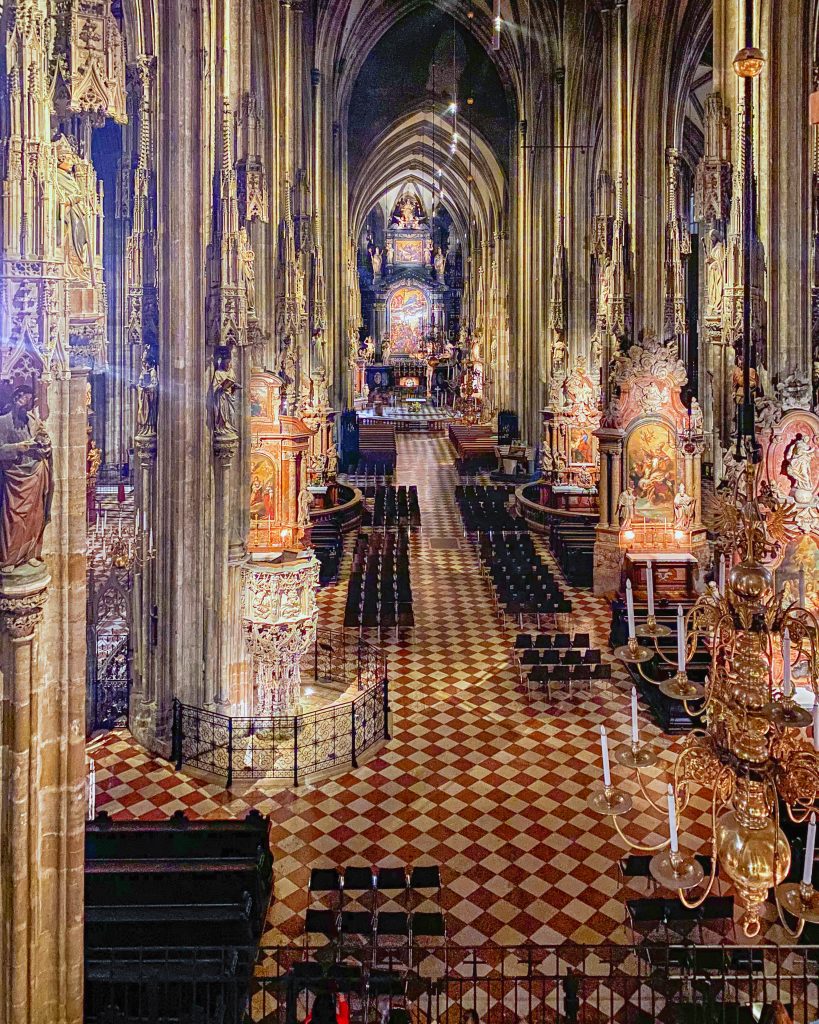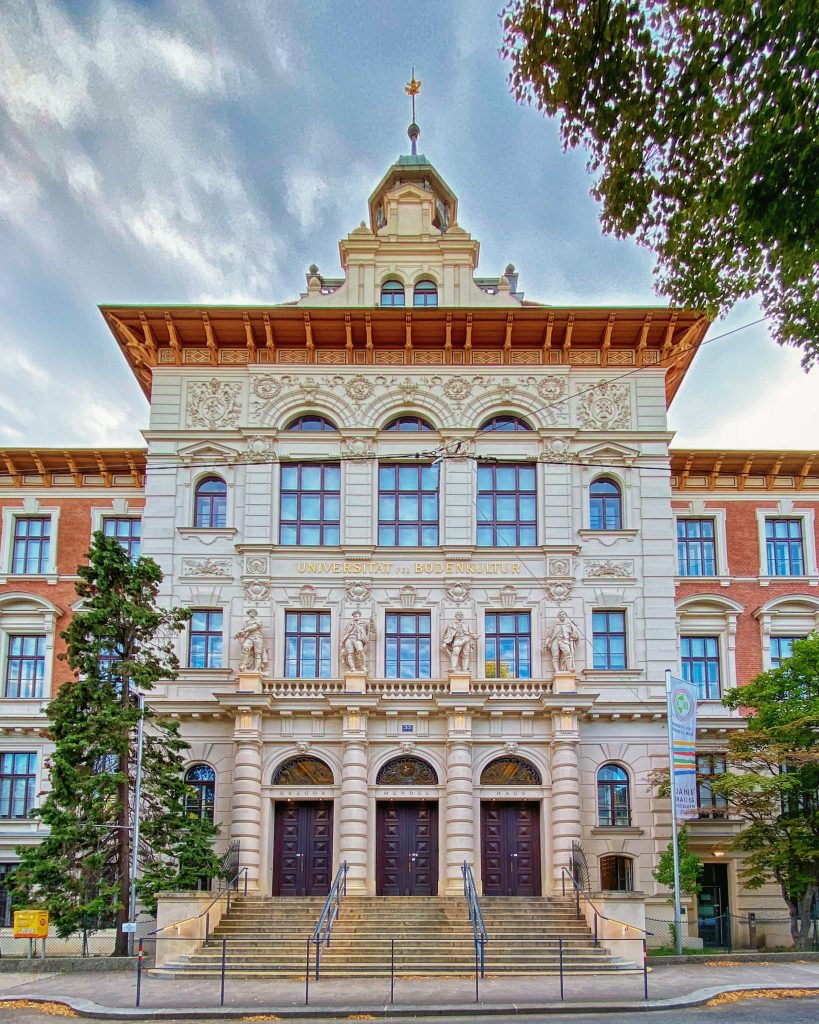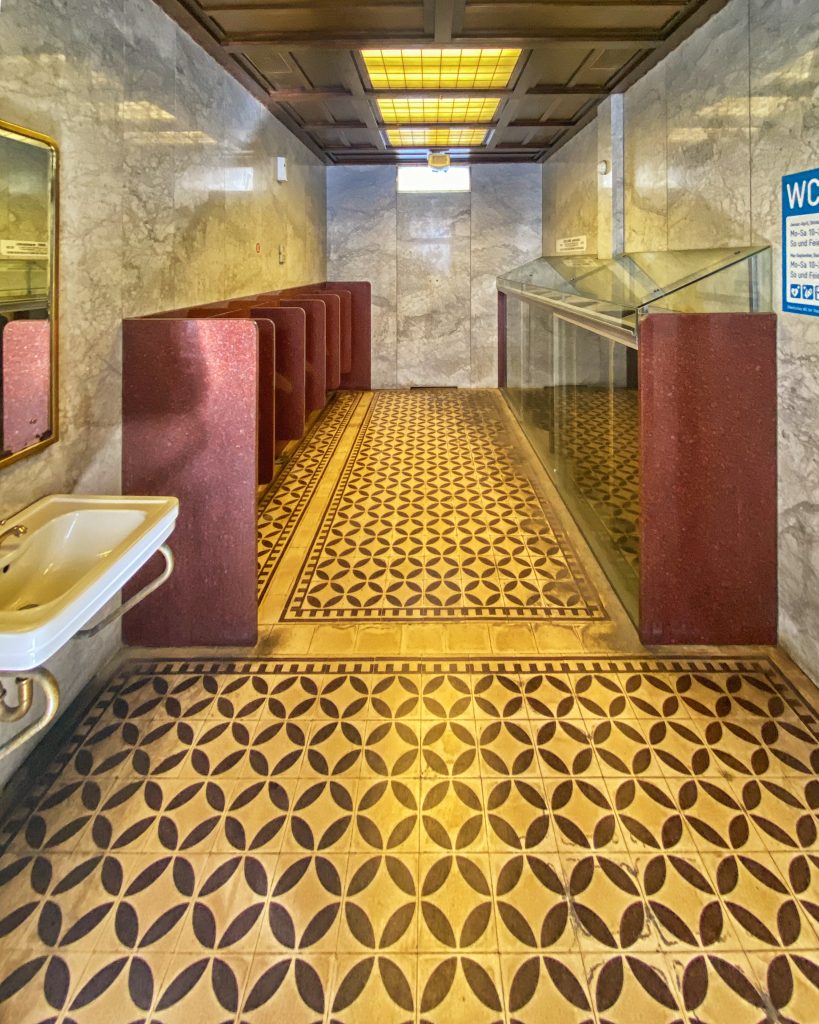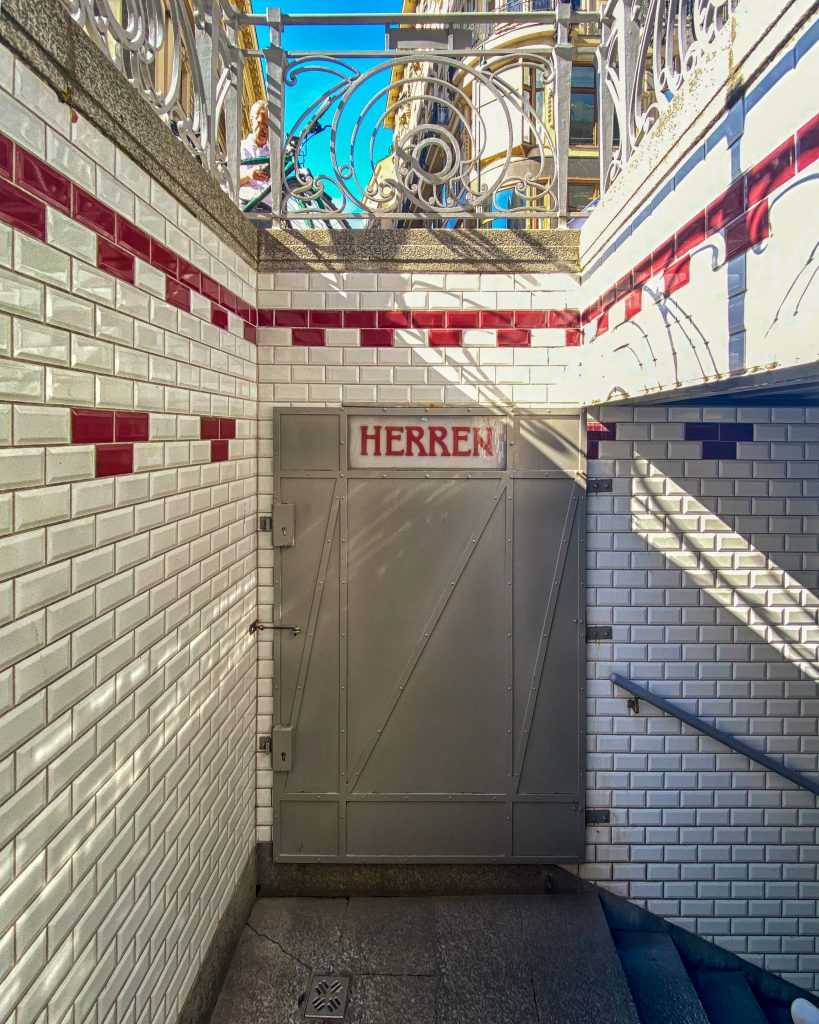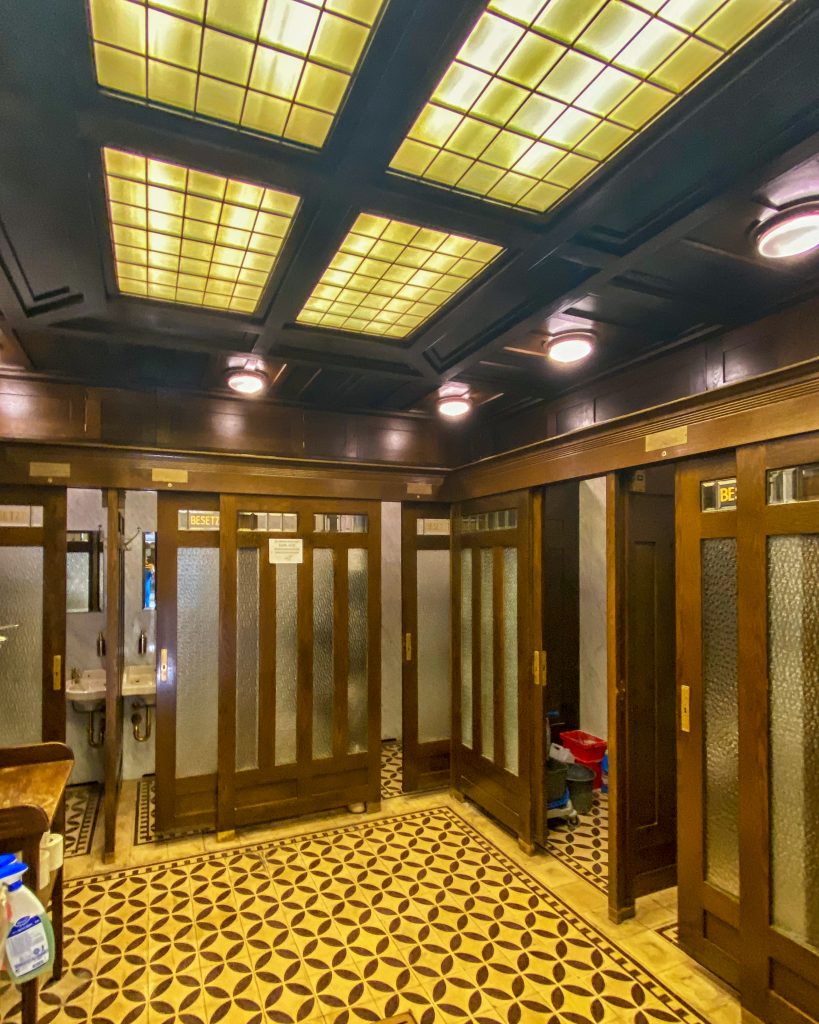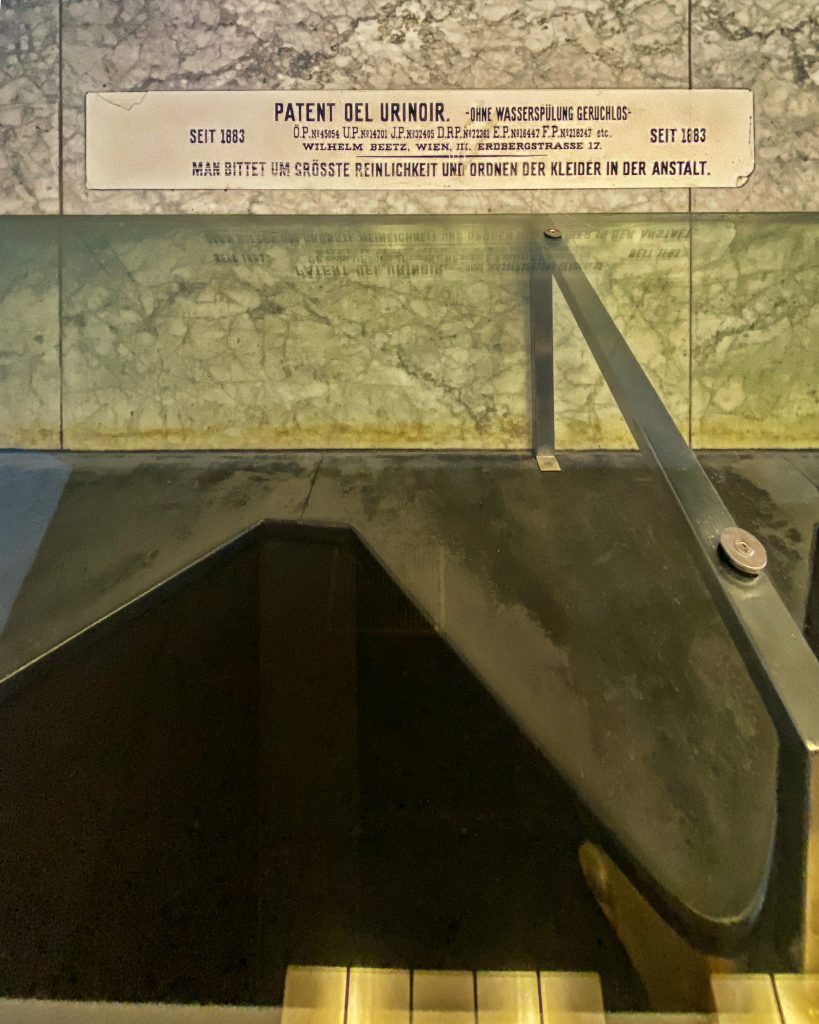Stadion Hohe Warte

Tour guide in action – this time in front of the Hohe Warte stadium in Vienna Döbling. The stadium construction was preceded by the founding of the First Vienna FC on 22.8.1894 in the nearby inn „Zur schönen Aussicht“ by Nathaniel Rothschild and the general manager of the their bank. With the registration in the club register, the Vienna was the first and thus oldest soccer club in Austria. The first games took place in the former Rothschild gardens.
In 1921, the Naturarena was opened as the largest and most modern stadium on the continent with the match Vienna vs. Hakoah (2:1). Later, until the opening of the Prater Stadium in 1931, international matches were also held. Even before 1914 there were up to 10,000 spectators, after WWI soccer became a mass phenomenon. Legendary was the match Austria – Italy in 1923 with 85,000 spectators – it ended 0:0. In parallel, the stadium was also used for opera performances and boxing matches.
Between 1931-1955 Vienna was 6x Austrian soccer champion, 1931 there was also a victory in the Mitropa Cup (precursor Champions League). Hand in hand with the lack of success of Vienna from the 1960s, the stadium also fell into disrepair, after urgent renovations, it now has about 5,500 seats.
